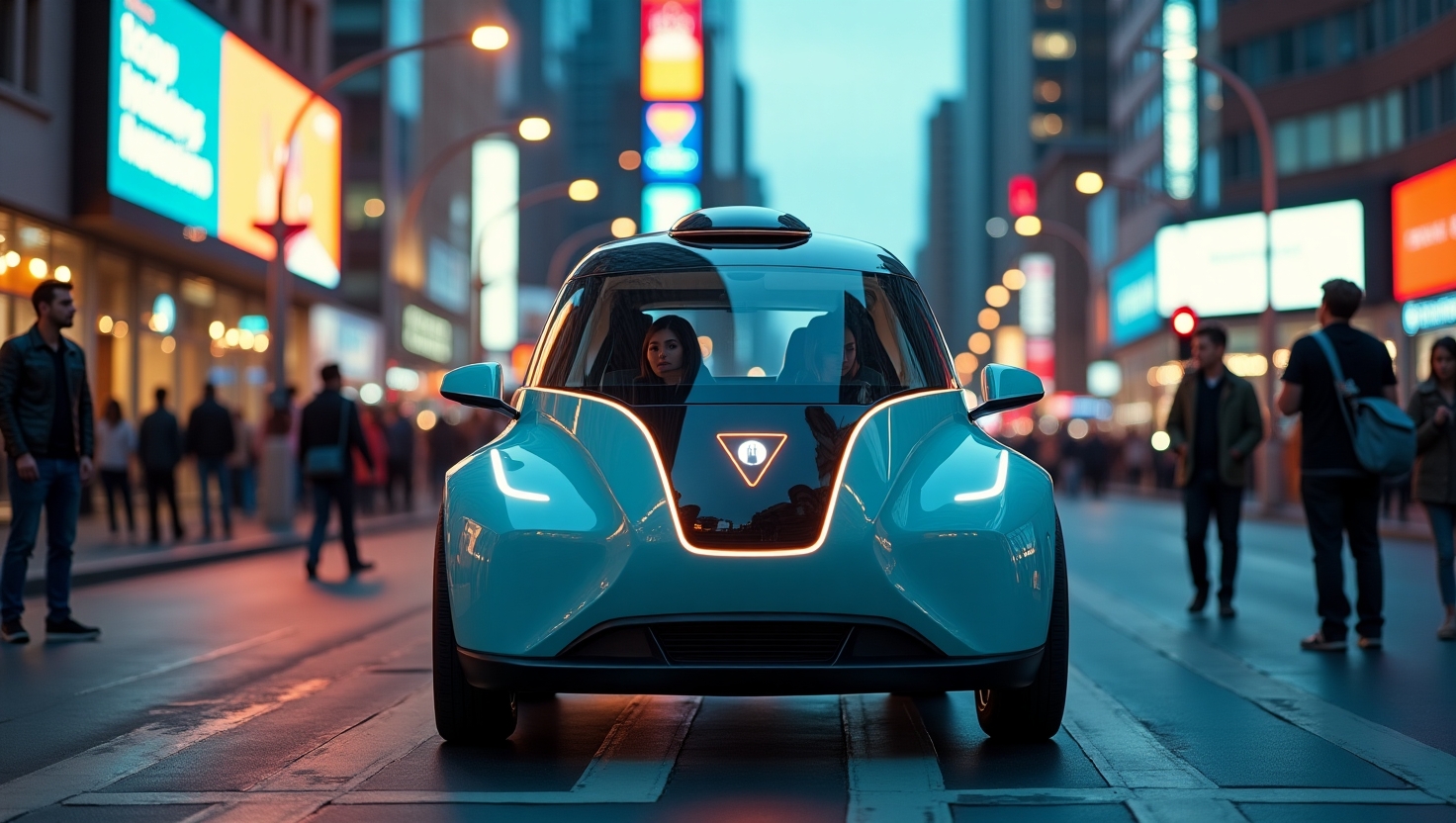Understanding Self-Driving Regulations: The Future of Autonomous Vehicles
Introduction
In the ever-evolving landscape of technology, self-driving regulations hold the key to unlocking the full potential of autonomous vehicles. These regulations serve as the guardrails within which innovation can safely flourish, ensuring that both technological advancements and public safety are seamlessly intertwined. As autonomous driving technology progresses, its intersection with traffic laws and legal frameworks becomes increasingly critical. The development of consistent regulations governing self-driving cars is pivotal not only for technology creators but also for users, policymakers, and the general public. In this exploration, we delve into the significance of self-driving regulations and their impact on the future of autonomous vehicles.
Background
Today, autonomous vehicles navigate a complex landscape of partial regulations and experimental deployments, which varies significantly across global regions. Most existing traffic laws were designed for traditional vehicles, making adaptations or entirely new rules necessary as driverless cars become more common. Governmental policies are crucial in establishing self-driving regulations that prioritize safety, innovation, and public acceptance.
For instance, AI policy outlines safety standards and performance benchmarks that autonomous vehicles must meet, often dictating the deployment speed and technological pathways companies can pursue. Moreover, international regulations on autonomous driving require harmonization to facilitate cross-border vehicle operations and innovation sharing. As nations like the United States, Germany, and Japan lead the charge, others look on, drawing lessons for adopting similar frameworks.
Trend
Recent developments highlight a growing trend towards more stringent self-driving regulations. Advocacy groups like SAVE-US (Safe Autonomous Vehicles Everywhere in the United States) actively push for enhanced safety protocols over technologies such as Tesla’s camera-only approach, emphasizing the necessity of additional sensors like lidar for greater accuracy and safety source.
This trend underscores a dual focus on technological advancement and safety. Notable shifts, such as increased federal investigations into self-driving technologies, reveal increased oversight and scrutiny, which are expected to shape forthcoming regulations. For instance, while companies like Waymo and Zoox advocate for sensor diversity, Tesla’s reliance on a vision-only system has sparked substantial controversy, prompting calls for a more holistic regulatory framework.
Insight
Experts agree that current self-driving regulations substantially influence the direction and pace of autonomous vehicle development. Shua Sanchez, a notable critic of Tesla’s approach, has been vocal about this balance, stating, \”If we don’t have good regulations in place, we leave the door open for any company to pursue an unsafe path\” source. This perspective underlines the tension between innovation and safety, with technology companies often walking a tightrope between advancing AI policy and adhering to mandated safety measures.
As regulations evolve, they not only assure public trust but also direct the industry towards more responsible development paths, balancing automation’s transformative potential with prudent oversight.
Forecast
Looking ahead, self-driving regulations are poised for significant evolution in tandem with technological advancements and shifting public sentiment. Stricter traffic laws and enhanced safety standards are anticipated, driven by mounting safety concerns and technological capabilities.
Internationally, regulations could increasingly influence US policy too. Global giants in autonomous technology view harmonized standards as a means to accelerate the adoption and development of self-driving cars worldwide. As the landscape matures, cross-country collaborations may lead to standardized regulations that ensure vehicles can operate across borders without legal hindrances.
Call to Action
Staying informed about self-driving regulations is crucial for anyone interested in the future of transportation. By following advocacy groups like SAVE-US, stakeholders can stay updated on safety initiatives and regulatory changes that may impact both industry and daily life. Their efforts, coupled with informed public discourse, will shape a safer, smarter future for autonomous vehicles.
For those keen on diving deeper, consider reading related articles, such as the exploration of advocacy efforts spearheaded by SAVE-US, as it tackles the challenges and opportunities presented by a rapidly advancing field source.
